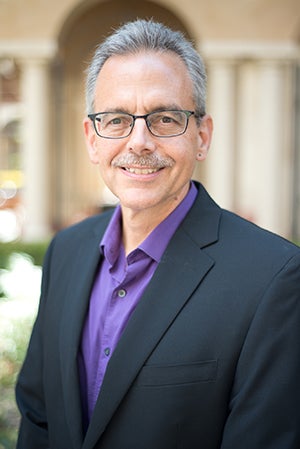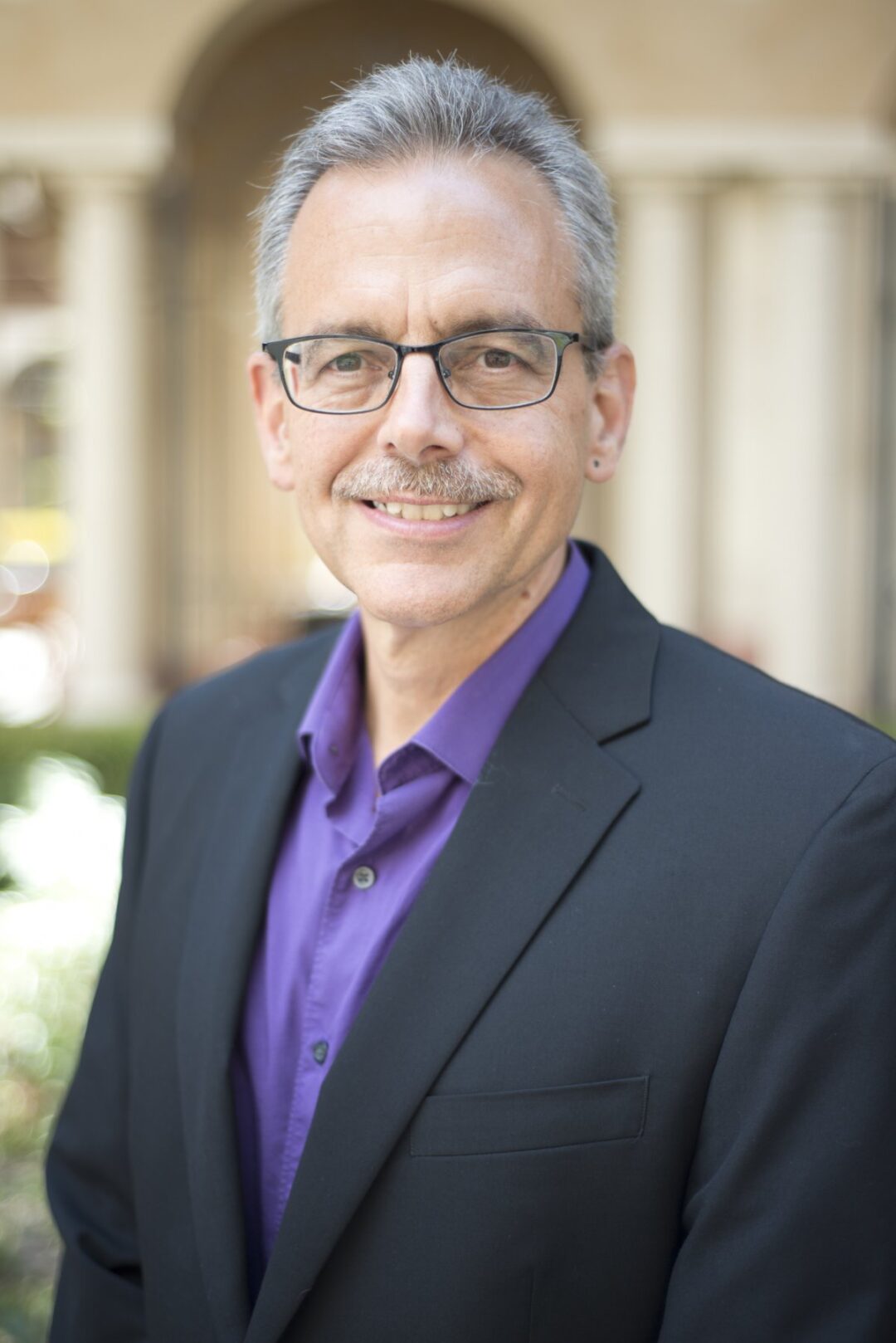Dr. Manuel Pastor is a Distinguished Professor of Sociology and American Studies & Ethnicity at the University of Southern California. He currently directs the Equity Research Institute at USC. Pastor holds an economics Ph.D. from the University of Massachusetts, Amherst, and is the inaugural holder of the Turpanjian Chair in Civil Society and Social Change at USC.
Pastor’s research has generally focused on issues of the economic, environmental and social conditions facing low-income urban communities – and the social movements seeking to change those realities.
Pronouns: he/him/his
Phone: 213.740.5604
E-mail: mpastor@dornsife.usc.edu
Bluesky: @profmpastor.bsky.social
Twitter: @Prof_MPastor

Professor Manuel Pastor
Distinguished Professor, Sociology and American Studies & Ethnicity
Director, USC Dornsife Equity Research Institute
Dr. Manuel Pastor is a Distinguished Professor of Sociology and American Studies & Ethnicity at the University of Southern California. He currently directs the Equity Research Institute at USC. Pastor holds an economics Ph.D. from the University of Massachusetts, Amherst, and is the inaugural holder of the Turpanjian Chair in Civil Society and Social Change at USC.
Pastor’s research has generally focused on issues of the economic, environmental and social conditions facing low-income urban communities – and the social movements seeking to change those realities. His most recent (2024) book, Charging Forward: Lithium Valley, Electric Vehicles, and a Just Future (co-authored with Chris Benner), delves into the pivotal role of California’s Lithium Valley in the “lithium gold rush” and its broader implications for climate challenges, justice, and democracy. In 2021, he published two new books, Solidarity Economics: Why Mutuality and Movements Matter (co-authored with Chris Benner) and South Central Dreams: Finding Home and Building Community in South L.A. (co-authored with Pierrette Hondagneu-Sotelo). His previous 2018 book, State of Resistance: What California’s Dizzying Descent and Remarkable Resurgence Means for America’s Future was lauded in a New York Times review as “concise, clear and convincing.”
Pastor’s previous book, Equity, Growth, and Community: What the Nation Can Learn from America’s Metro Areas, co-authored with Chris Benner (UC Press 2015), argues how inequality stunts economic growth and how bringing together equity and growth requires concerted local action. Combining data, case studies, and narratives on multi-sector collaborations in 11 metro regions, the book offers a powerful prescription not just for metros but for our national challenges of slow job growth, rising economic inequality, and sharp political polarization. He also co-edited the book, Unsettled Americans: Metropolitan Context and Civic Leadership for Immigrant Integration with John Mollenkopf (Cornell University Press 2016), which offers a comparative study and detailed analyses of immigrant incorporation efforts across seven different U.S. metro regions.
His previous volumes include: Just Growth: Inclusion and Prosperity in America’s Metropolitan Regions, co-authored with Chris Benner (Routledge 2012), advances the idea that growth and equity can and should be linked, offering a new path for a U.S. economy seeking to recover from economic crisis and distributional distress; Uncommon Common Ground: Race and America’s Future (W.W. Norton 2010; co-authored with Angela Glover Blackwell and Stewart Kwoh), documents the gap between progress in racial attitudes and racial realities and offers a new set of strategies for both talking about race and achieving racial equity; This Could Be the Start of Something Big: How Social Movements for Regional Equity are Transforming Metropolitan America (Cornell University Press 2009; co-authored with Chris Benner and Martha Matsuoka) highlights a promising set of organizing efforts across the U.S.; Staircases or Treadmills: Labor Market Intermediaries and Economic Opportunity in a Changing Economy (Russell Sage 2007, co-authored with Chris Benner and Laura Leete) which offers a critique of current employment strategies and argues for a new “high road” approach to connecting demand and supply in labor markets; and Regions That Work: How Cities and Suburbs Can Grow Together (University of Minnesota Press 2000; co-authored with Peter Dreier, Eugene Grigsby, and Marta Lopez-Garza), a book that has become a standard reference for those seeking to link neighborhoods and regions.
Pastor was the founding director of the Center for Justice, Tolerance, and Community at the University of California, Santa Cruz. He was also the Director at the USC Program for Environmental and Regional Equity (PERE) and the USC Center for the Study of Immigrant Integration (CSII). He has received fellowships from the Danforth, Guggenheim, and Kellogg foundations, and grants from the Irvine Foundation, the Rockefeller Foundation, the Ford Foundation, the National Science Foundation, the Hewlett Foundation, the MacArthur Foundation, the California Environmental Protection Agency, the W.T. Grant Foundation, The California Endowment, the California Air Resources Board, and many others. Pastor speaks frequently on issues of demographic change, economic inequality, and community empowerment and has contributed opinion pieces to such outlets including the Los Angeles Times, the San Jose Mercury News, the San Francisco Chronicle, the Sacramento Bee, and The Hill, among many others.
In January 2002, he was awarded a Civic Entrepreneur of the Year award from the California Center for Regional Leadership. He has previously served as a Public Member of the Strategic Growth Council in California, as a member of the Commission on Regions appointed by California’s Speaker of the State Assembly, and as a member of the Regional Targets Advisory Committee for the California Air Resources Board. Pastor received the Liberty Hill Foundation’s Wally Marks Changemaker of the Year award for social justice research partnerships in 2012. He received the Champion for Equity Award from the Advancement Project in 2017 for his work with community-based organizations fighting for social change. In 2022, Pastor was elected to the American Academy for the Arts and Sciences for his work in Public Affairs and Public Policy. In recognition of his impactful work, in 2024, Pastor was named by the Los Angeles Times as one of the region’s most significant civic leaders in their inaugural series, L.A. Influential.
Download headshots
To download the full sized images, click on the arrows at the bottom of the picture, and follow the download link to Google Drive.
In His Own Words: Professor Pastor ‘speaks out’ on his experiences with spasmodic dysphonia
Many people may be surprised to learn that even seasoned public speakers like Prof. Pastor struggle daily with a voice condition. In this piece, ERI Director, Manuel Pastor explains what spasmodic dysphonia is, how it impacts his life, and the strategies to help manage it so he can continue “speaking out” for inclusion and justice.
Spasmodic Dysphonia and Me
By Manuel Pastor
I have spasmodic dysphonia. Basically, it’s a neurological reaction where the muscles sort of twitch and tighten around your vocal chords – you can laugh, sing and shout (that all sounds joyful) but your regular speaking voice “breaks” a lot and sounds strained/hoarse. The “strangled voice” can get worse and worse and some folks just kinda stop speaking. The onset can be triggered by a sinus infection or stress but it’s neurological – so it’s really just lingering in you waiting for the trigger.
I could describe it more but you can also just read about it at these links; it kind of describes my symptoms perfectly.
The Wikipedia entry is surprisingly complete but the second has some additional insights.
And for those who are really medical, try this Medscape.com article.
There is no cure and the most prescribed treatment is regular injections of Botox in your throat: that essentially paralyzes the muscles so they stop responding to the neurological signals. In short, your brain is twitching but your neck doesn’t know it. If it works (and it does in my case), your voice initially becomes “breathy,” then it finds a new equilibrium, then sort of deteriorates till the next shot.
The shots are, well, not exactly fun (it’s a series of four accompanied by a camera running through your nose – kinda the opposite of fun). So most folks like to do the shots infrequently, like every three to six months. It’s not like I like to do them but I do shots once a month: that allows for a lower dose per shot and thus shorter breathy periods or end periods with a “breaking” voice. Still, I never quite know what my voice will sound like – although after years of doing this, I have a sense of the range. And phone conversations can be a particular challenge, partly because you can’t supplement your voice with visual cues.
Sounds like a bummer but on the other hand, as my daughter commented when I was first diagnosed, with a constant stream of Botox shots, I now have a young, beautiful and very fashionable throat.
There is also a surgical procedure that some folks swear by called Selective Laryngeal Adductor Denervation-Rennervation (SLAD-R). It essentially involves cutting the current nerve to your vocal chords and connecting up a different nerve – and hoping the new part of your brain learns what to do (I’m sure I described that badly but that’s why I’m an economist and not a doctor).More on the operation here at Dysphonia.org.
I haven’t done the operation because the Botox seems to be working (after some trial and error), the operation isn’t always successful and there are always risks with surgery. Maybe I’ll do it someday . . .
When I first developed the condition in 2010, I thought it was weird to be losing my voice after spending so much time working to develop it. But there are several famous people, including Robert F. Kennedy Jr., who have this condition, live with it, and also speak quite a bit. So it hasn’t stopped me from giving speeches around the country and it’s given me a chance to let people know about this – and it makes you choose your words more carefully (why waste the voice?).
What it does mean, however, is that my voice, even when clear does not project well – basically, I couldn’t yell if there was an emergency (which surprised me the first time I realized that) so you might want to have other friends around for dangerous situations.
As a result, I always ask for a microphone, even in situations where the room may be small (unless it’s a very small gathering) and it’s important that this is in place. It’s also important not to schedule me for talk after talk (folks like to have you chatting the whole time) but to build in rest periods.
Also, sometimes when I’m on a prep call for a speech, I can tell the folks on the other side can be thinking: “Gee, he sounds pretty flat. Hope he gets animated when he arrives.” Not to worry – as noted, phone conversations are harder and I figure why use the good voice for the prep when I can save it for the event.
Hope this all helps folks understand my speaking constraints. And let’s work together to get out a message of inclusion and justice: my voice that may not be as strong as it used to be in tone but, I hope, it is even clearer and stronger about why making change and achieving equity is imperative for the country’s future.













